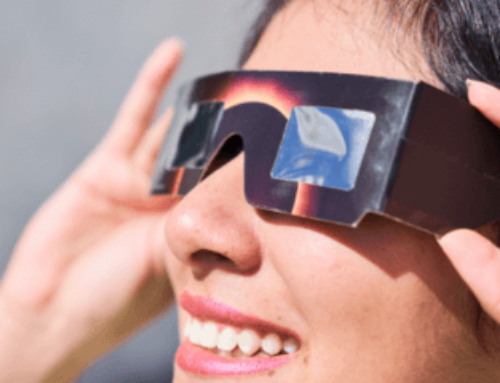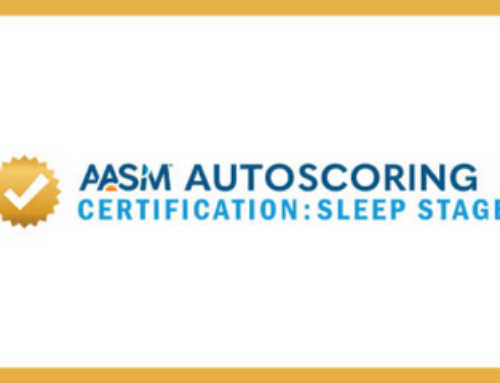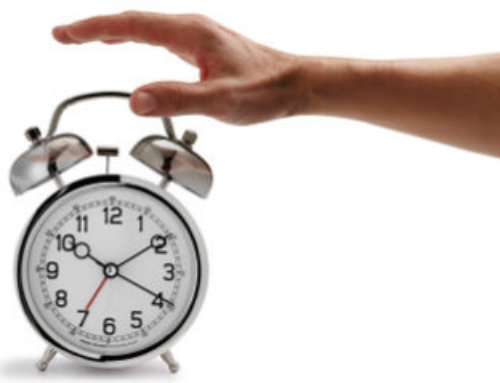FOR IMMEDIATE RELEASE
CONTACT: Lynn Celmer, 630-737-9700, ext. 9364, lcelmer@aasm.org
DARIEN, IL – A new study suggests that bright light therapy may improve sleep, cognition, emotion and brain function following mild traumatic brain injury (TBI).
Results show that six weeks of morning bright light therapy resulted in a marked decrease in subjective daytime sleepiness. This improvement was further associated with improvements in the propensity to fall asleep and nighttime sleep quality. Bright light therapy also affected depressive symptoms.
“Our preliminary data suggests that morning bright light therapy might be helpful to reduce subjective daytime sleepiness and to improve nighttime sleep,” said investigator Mareen Weber, PhD, instructor in psychiatry at McLean Hospital/Harvard Medical School in Belmont, Mass. “Importantly, the research also shows changes in brain activation during a demanding cognitive task, suggesting that bright light treatment might yield changes in brain functioning.”
The research abstract was published recently in an online supplement of the journal SLEEP, and Weber will present the findings Monday, June 3, in Baltimore, Md., at SLEEP 2013, the 27th annual meeting of the Associated Professional Sleep Societies LLC.
The study group comprised 18 individuals with a documented history of at least one mild TBI and sleep disturbance that either emerged or was aggravated with the most recent injury. Data were gathered using Multiple Sleep Latency Tests (MSLT), actigraphy and sleep diaries, and all participants underwent magnetic resonance imaging (MRI) and comprehensive psychiatric and neuropsychological assessments before and after the intervention.
According to the authors, it has been estimated that at least 50 percent of individuals with
TBI experience some kind of sleep disturbance at some point following their injury, and sleep has been demonstrated to be essential for brain plasticity and may be important for recovery.
“Improving sleep following mild traumatic brain injury could prove critical to maximizing recovery from the injury,” said Weber. “Furthermore, bright light therapy is easy and minimally invasive, requiring no medication, and has no known serious side effects.”
For a copy of the abstract, or to arrange an interview with Dr. Weber or an AASM spokesperson, please contact AASM Communications Coordinator Lynn Celmer at lcelmer@aasm.org.
A joint venture of the American Academy of Sleep Medicine and the Sleep Research Society, the annual SLEEP meeting brings together an international body of more than 5,500 leading clinicians and scientists in the fields of sleep medicine and sleep research. At SLEEP 2013 (www.sleepmeeting.org) more than 1,300 research abstract presentations will showcase new findings that contribute to the understanding of sleep and the effective diagnosis and treatment of sleep disorders such as insomnia, narcolepsy and sleep apnea.
The American Academy of Sleep Medicine considers sleep disorders an illness that has reached epidemic proportions. Board-certified sleep medicine physicians in an AASM-accredited sleep center provide effective treatment. AASM encourages patients to talk to their doctors about sleep problems or visit www.sleepeducation.com for a searchable directory of sleep centers.








